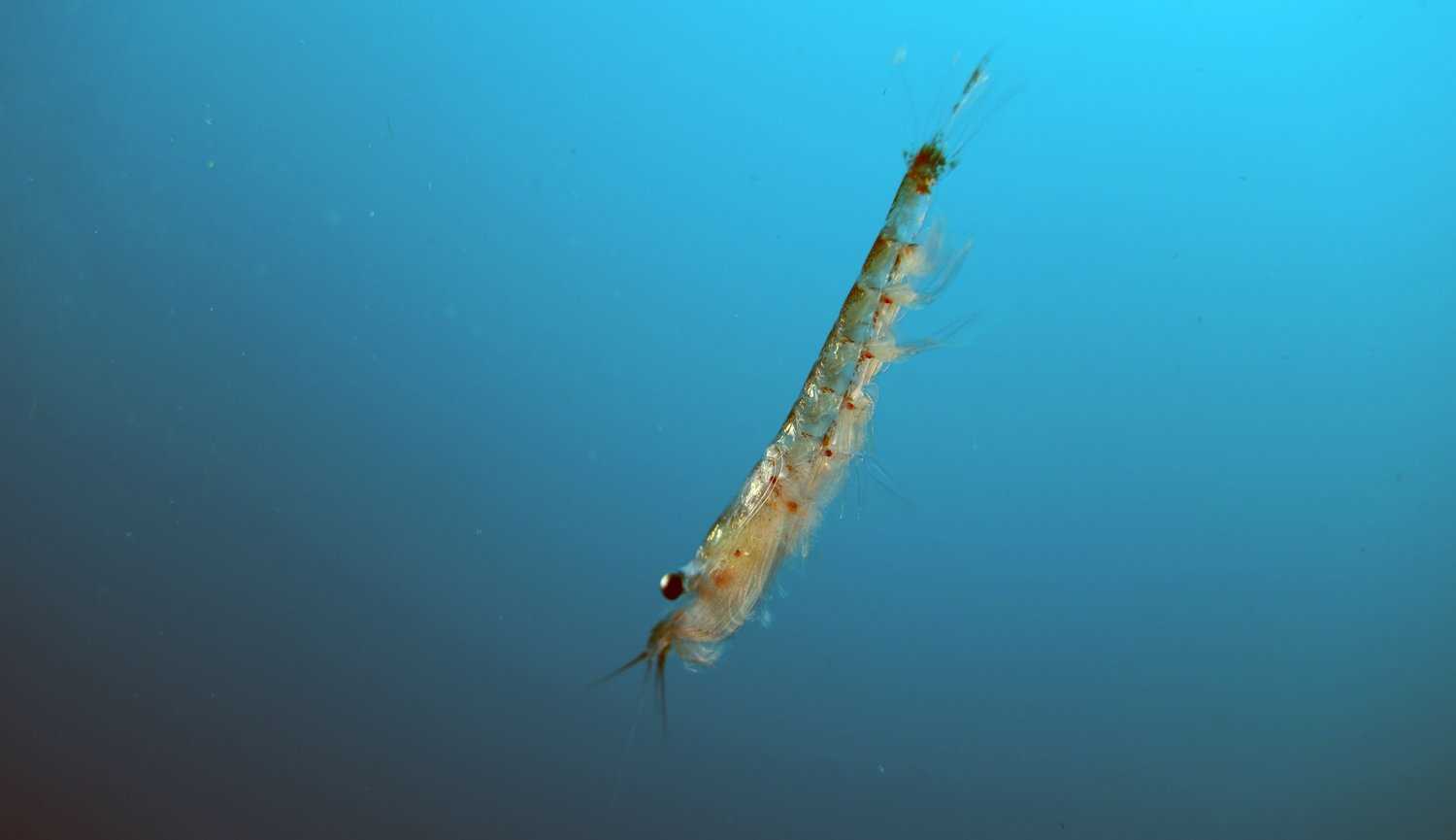The Southern Ocean spans the entirety of the Antarctic continent and is home to the World’s largest wind driven current: the Antarctic Circumpolar Current. Driven by the fierce winds of the screaming sixties and unimpeded by any landmass as it flows around the icy continent, the Antarctic Circumpolar Current is a driver of ocean productivity as well as the extremely cold and stable temperatures we have been experiencing over the past week.
Today we are crossing but a mere sliver of the Southern Ocean as we sail across the infamous Drake Passage on board the National Geographic Orion. Despite being but a narrow gap of ocean between the southern tip of South America and the northern tip of the Antarctic Peninsula, the Antarctic Circumpolar Current transports 134 x 106 cubic meters of water per second through the passage – or –the equivalent of all the water in Sydney Harbor passing you in just 3 seconds (www.parks.tas.gov.au). While we sail across approximately 320 nautical miles of the Drake Passage today, we may be oblivious to the mass water transportation system operating beneath our very feet, but over the past 6 days we have come to appreciate the significance of the Antarctic Circumpolar Current.
Thousands of Gentoo penguins shuffling around their coastal rookeries; a lone emperor penguin found on the sea ice; Killer whales breaching and spy hopping in front of the bow; mountain peaks smothered in ice caps and glacier faces calving off remarkable sizes and variations of shapes, sizes and colors of icebergs. These are but a few of the sights we have been overwhelmed by during our time on the Antarctic Peninsula on board the National Geographic Orion and every one of these remarkable and unique animal encounters, views and vistas are thanks to the influence of the Antarctic Circumpolar Current.
Wrapping itself around the entire continent the current acts like a barrier with warmer temperatures to the north and colder temperatures to the south. Only specially adapted species can survive to the south, where the water temperatures hover near freezing point all year round: perfect for the penguin species we have all thoroughly enjoyed observing and perfect for a host of endemic marine species the undersea dive team have brought to our very eyes. The nutrients entrained in the current help drive photosynthesis and thus the huge bloom of phytoplankton at this time of year and consequently the enormous biomass of Antarctic krill – a species we now all know and appreciate as food for almost every other animal we have seen during this voyage! The frigid air temperature south of the current has helped create the ice caps, the glaciers and also helped drive our snowball fights on sea ice.
While the National Geographic Orion ploughs northwards across the Drake Passage, crossing through the influence of the Antarctic Circumpolar Current and towards the warmer waters of Ushuaia, we have enjoyed a day at sea listening to lectures and catching up on our photo edits, plus some all important nap time. But today as we sail back, enjoying the leisure and activities (and glorious meals!) that come with a day at sea on board the National Geographic Orion, we sail towards home with a new found appreciation of what Antarctica is and why it is an inimitable destination.







